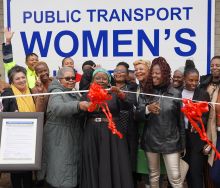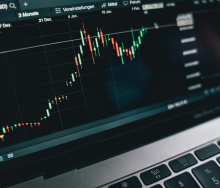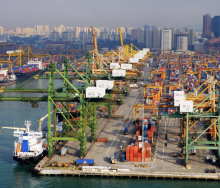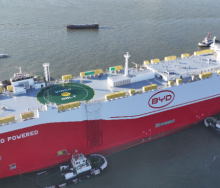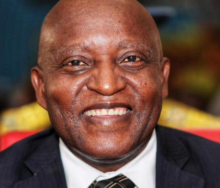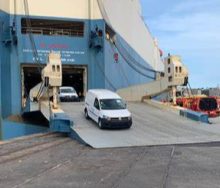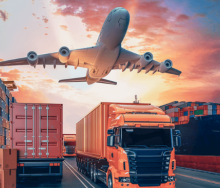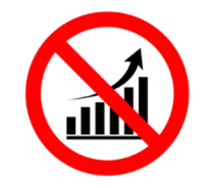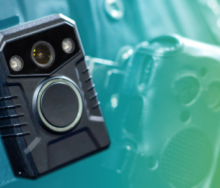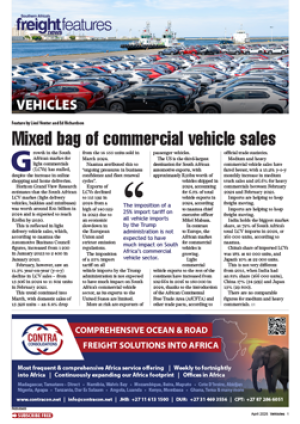Transnet’s management has announced immediate interventions to reduce the massive backlogs and congestion at the ports of Durban and Richards Bay to minimise the impact of logistics delays on the economy.
The national ports operator blamed the backlogs, which have led to queues of up to two weeks, with scores of vessels seen waiting at anchorage outside Durban port, and truck congestion on the N2 outside Richards Bay port in recent months, on “adverse weather conditions” and ageing infrastructure in dire need of repair and replacement.
The state-owned logistics utility announced in a statement over the weekend that of a total of 63 ships that were recorded at Durban’s outer anchorage on Friday, 20 were container vessels destined for the Durban Container Terminals Pier 1 and Pier 2.
Transnet Board chairperson Andile Sangqu, speaking at a media briefing on Monday, said management was focused on reducing the backlogs.
“The problem of port congestion is a complex one and it is something that was due to happen at some point, as a result of many years of underinvestment in equipment and its maintenance,” Sangqu said.
“We are working on a number of measures to turn the situation around. We need to caution that this is going to take some time as the lead times for some of the equipment is anything from 12 to 18 months,” he said.
“The team is working around the clock to procure this important equipment, to ensure our port facilities align with global best practices.”
He said in the meantime, Transnet had prioritised the optimisation of port operations through improved planning and forecasting, leading to better anticipation of cargo volumes.
Durban port manager Earl Peters said an urgent intervention team had put plans in place to tackle slow turnaround times affecting the docking and offloading of containers.
He said the plan for Pier 2 was to ramp up cargo handling from 2 500 to 4 000 containers a day over the next three months. Under normal conditions, the container handling tempo at Pier 2 is 3 300 containers a day.
However, over the past four weeks, handling had decreased to 2 500 due to inclement weather and equipment challenges. At Pier 1, the tempo will increase from 1 200 to 1 500 containers a day.
Initiatives to ensure the recovery plan to clear the backlog succeed include the acquisition of 16 rubber-tyred gantry cranes for Pier 1 by the second half of 2025 and four ship-to-shore cranes for South Quay for Pier 2 in the 2025/26 financial year.
Peters said work was also underway to refurbish and maintain critical port equipment to improve asset utilisation at Pier 1 and Pier 2, which will be completed by August 2024. He said employees had also been urged to make extra effort to clear the backlog.
Transnet acting group chief executive Michelle Phillips said an internal task team of specialised disciplines had completed an exercise to eliminate waste and introduce rapid improvements in the system.
“They collected performance data across all shifts, analysed each vessel and the workings of all cranes to note arising problems, identify limiting factors and quantify improvement levers. Management at our port terminals are working around the clock with industrial engineers from the task team to maximise berth performance,” Phillips said.
“With all these initiatives in place, we expect it will take a maximum of seven weeks to clear the backlog at Pier 1 and 15 weeks for Pier 2. This will make a significant difference to the flow of container traffic through the port.
“It is crucial that we stabilise our operations through these short-term interventions while we continue with the broad recovery plan to improve Transnet operations,” she added.
At Durban port, the longer-term improvements include a new container management system to improve efficiencies and the acquisition of new equipment. New contracts will be in place by the end of 2023 for the service of ship-to-shore cranes, rubber-tyred gantry cranes, straddle carriers, reach stackers and empty container handlers, and existing equipment is being refurbished or replaced.
“We appreciate the understanding shown by our customers and are in constant contact with shipping lines on releasing the congestion fee surcharge for import containers,” Phillips said.
Transnet and port stakeholders will hold an emergency meeting on Tuesday to find solutions to the ongoing road congestion problem.
Transnet Port Terminals has implemented a truck booking system as a mechanism to create order. However, this does not include trucks destined for back-of-port facilities.

